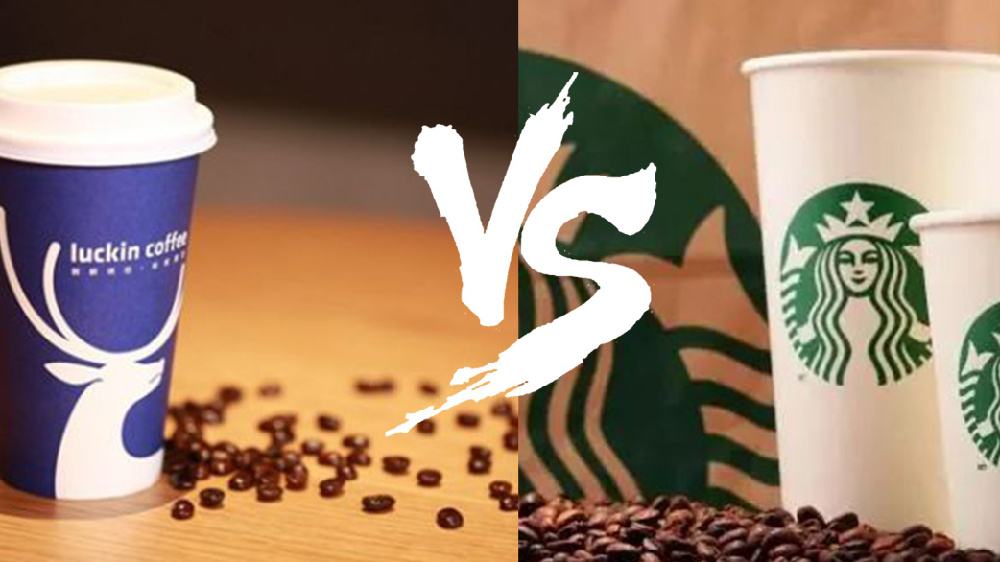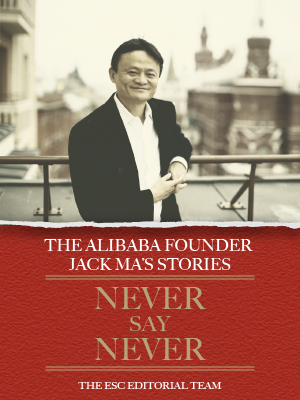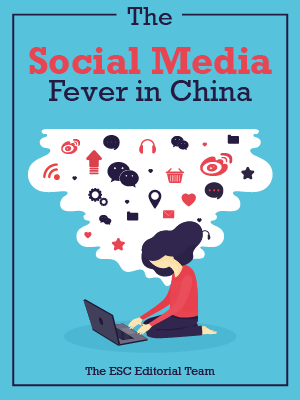Ecommercestrategychina.com uses cookies and other technologies to provide you a better browsing experience. You can get more information regarding the use of cookies, or decline it whenever by clicking Privacy Policy. By using this site or clicking “Okay”, you give us the consent to the use of cookies.
OKAY
In the less than two years of its existence, Luckin Coffee has grown at astonishingly high speed. Due to its aggressive expansion, the company sold more than 85 million cups of coffee to 12 million customers last year and has more than 2000 outlets, which are expected to reach 4500 by the end of 2019, beating Starbucks, which plans to have 4,121 stores by then. Although Luckin’s increasing losses are controversial due to its strategy to gain market share, and also because of questions about its future prospects, no one can deny that its innovative business model which focuses on smaller stores, technology, and speedy delivery, especially appeals to the younger generation, and indeed puts immense pressure on the firmly rooted coffee giant - Starbucks. In this article, we will look at how Luckin uses the New Retail strategy to challenge Starbucks and even disrupt the coffee industry.
Who is the main competitor of Luckin Coffee?
Starbucks has dominated China’s coffee scene since entering the second-largest market two decades ago, and the up-and-coming Luckin is considered to be the toughest rival for Starbucks ever. They differ in many aspects. While Starbucks offers the warmth and service of cafes designed as a "third space" between home and office, Luckin is about efficiency: its outlets are cashless; customers order in advance through the App and then pick the order up in the store, without having to wait, or by delivery within 18 minutes. The Chinese consumers' reliance on food delivery has prompted Starbucks to adjust its strategy: In September 2018, Starbucks partnered with Alibaba to integrate its virtual store into all properties of the Alibaba Group. These included the launch of the delivery services on the Ele.me platform for the delivery of food and the creation of delivery kitchens in the Hema supermarket.

Another essential part of Luckin’s strategy is the steep discounts that make the price affordable for most users.
In May 2018, Luckin unveiled a new brand strategy called “Any Moment”. There are currently four types of Luckin coffee shops, including large, fancy flagship stores, small and medium-sized stores with seating, pickup stores in office buildings and delivery kitchens. They aim to meet the diverse needs of customers with a combination of delivery service and lower prices. By collaborating with other brands, Luckin has opened stores in places where many of its competitors have not been able to enter, such as the Forbidden City, the Mercedes Benz headquarters in Beijing and even the carriages of high-speed trains. Nevertheless, Luckin’s ambition is not just to expand its presence in brick-and-mortar retailing to reach more potential consumers. Luckin is also enriching the product range. Apart from various kinds of beverages such as coffee, milk and juice, there are snacks as well as light meals such as sandwiches, salads and so on. Luckin is taking the initiative to drive innovation, not just emulating its predecessor Starbucks.
Why is the coffee industry the first to enter New Retail?
New Retail, which combines online and offline retail with data and technology, was first proposed by Jack Ma in 2016. Luckin Coffee is the first coffee brand to employ this advanced concept. Why does the New Retail strategy work well with the coffee business? Here are a few reasons.
Jack Ma biography - Jack Ma: Never Say Never
First, the consumption of coffee in China is growing exponentially with annual growth of 20%, well above the global average of 2%. According to statistics, people in European countries drink an average of 750 cups of coffee a year, Americans 400, and Koreans and Japanese 300. In contrast, Chinese consume only 5 cups a year. In other words, the coffee market in China will have tremendous growth potential in the future.
Also, coffee is an “ideal alternative for online promotion”. It is light-weight, in high demand, high profit margins, and is particularly suited to the tastes of the younger generation and middle classes looking for light luxury. Coffee is a perfect element to reach the population with a relatively high consumption potential.
China is traditionally associated with tea drinking, but Starbucks has contributed significantly to popularising the coffee culture in this country. The Chairman of Luckin Coffee said the first coffee brand that Chinese people know about is most likely Starbucks, but the first cup of coffee they have might not be. There are still abundant opportunities for the later competitor because the average Starbuck price of RMB30 may be too expensive.
Conclusion
The expansion of Luckin is expected to continue in 2019, accompanied by pressure on suspicion of a loss-making discount strategy. Will the New Retail model put Luckin on the road to success? The next big questions are how to retain customers when prices rise again after the end of the promotion, and how long the model has to be subsidised.
Please Login to add comments.

$9.99 $19.98

$9.99 $19.98
By pHqghUme December 7th, 2023
555
By pHqghUme December 7th, 2023
555
By pHqghUme December 7th, 2023
555
By pHqghUme December 7th, 2023
4xnhmHr8
By pHqghUme December 7th, 2023
-1 OR 2+634-634-1=0+0+0+1 --
By pHqghUme December 7th, 2023
-1 OR 2+364-364-1=0+0+0+1
By pHqghUme December 7th, 2023
-1' OR 2+380-380-1=0+0+0+1 --
By pHqghUme December 7th, 2023
-1' OR 2+994-994-1=0+0+0+1 or 'akGmymvu'='
By pHqghUme December 7th, 2023
-1" OR 2+902-902-1=0+0+0+1 --
By pHqghUme December 7th, 2023
if(now()=sysdate(),sleep(15),0)